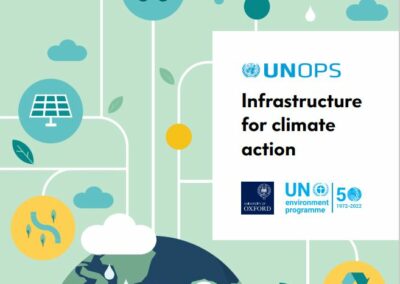Abstract
Future development in cities needs to manage increasing populations, climate-related risks,and sustainable development objectives such as reducing greenhouse gas emissions. Planners therefore face a challenge of multidimensional, spatial optimization in order to balance potential tradeoffs and maximize synergies between risks and other objectives. To address this, a spatial optimization framework has been developed. This uses a spatially implemented genetic algorithm to generate a set of Pareto-optimal results that provide planners with the best set of trade-off spatial plans for six risk and sustainability objectives: (i) minimize heat risks, (ii) minimize flooding risks, (iii) minimize transport travel costs to minimize associated emissions, (iv) maximize brownfield development, (v) minimize urban sprawl, and (vi) prevent development of greenspace. The framework is applied to Greater London (U.K.) and shown to generate spatial development strategies that are optimal for specific objectives and differ significantly from the existing development strategies. In addition, the analysis reveals tradeoffs between different risks as well as between risk and sustainability objectives. While increases in heat or flood risk can be avoided, there are no strategies that do not increase at least one of these. Tradeoffs between risk and other sustainability objectives can be more severe, for example, minimizing heat risk is only possible if future development is allowed to sprawl significantly. The results highlight the importance of spatial structure in modulating risks and other sustainability objectives. However, not all planning objectives are suited to quantified optimization and so the results should form part of an evidence base to improve the delivery of risk and sustainability management in future urban development.
Authors
Caparros-Midwood, D., Barr, S., and Dawson, R.


